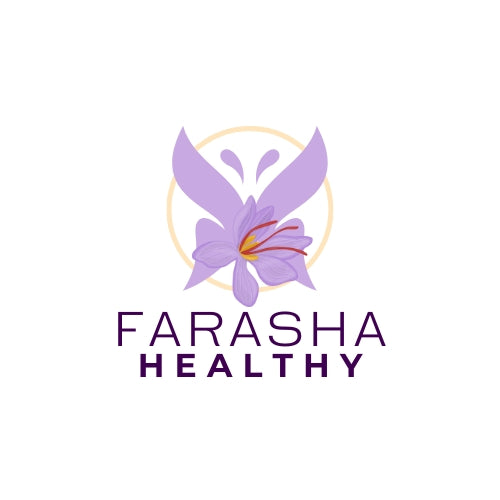Moroccan Saffron

Saffron from Tallouine, a city in the south of Morocco, is known worldwide as one of the best and most refined types of saffron. This saffron comes from the Anti-Atlas region and is sought after for its high quality, aroma, taste and colour. The unique characteristics of Tallouine saffron are mainly attributed to the climate, soil and traditional methods with which the farmers grow and harvest the saffron crocuses (Crocus sativus).
Key Features of Tallouine Saffron
-
Intense Color and Flavor : Tallouine saffron contains a high concentration of crocin (for color), picrocrocin (for flavor), and safranal (for aroma). This makes the saffron more powerful in flavor and color than many other varieties.
-
Artisanal Cultivation and Manual Harvesting : Tallouine saffron is harvested and processed entirely by hand. Farmers pick the flowers early in the morning and remove the red stigmas (saffron threads) from the flower by hand.
-
Climate and Soil : The dry, sunny climate of the Anti-Atlas and the specific soil composition are perfect for growing high-quality saffron. The plant has a short, intensive growing season with cold nights and sunny days, which contributes to the development of taste and smell.
-
Fair Trade and Traditional Growers : Many of the saffron growers in Tallouine are small-scale family businesses that have passed down their methods for generations. Due to the demand for high-quality saffron, farmers receive a fair price for their product, improving their standard of living.
-
Certification and Protection : Moroccan saffron, especially from Tallouine, has gained increasing international recognition in recent years and often carries the label of protection of origin, which helps prevent counterfeiting and guarantees the preservation of quality.

Taliouine Saffron is one of the most prized saffron varieties in the world. Here are some key points about this special spice:
Cultivation and Harvest
- Climate : Taliouine, located in the High Atlas of Morocco, has an ideal climate for growing saffron, with warm summers and mild winters.
- Harvest period : The saffron crocus (Crocus sativus) usually blooms in October and November. Harvesting is done manually, collecting the delicate stigmas of the flowers.
Quality
- Characteristics : Taliouine saffron is known for its deep color, strong aroma and unique flavor. It often has a more intense scent than saffron from other regions.
- Commitment : Many growers follow traditional methods and use little to no chemicals, which contributes to the quality and authenticity of the product.
Culture and Economy
- Tradition : Saffron cultivation is an age-old tradition in Taliouine, and the community is strongly connected to this cultivation.
- Economic Value : Saffron is an important source of income for the local population and plays a crucial role in the regional economy.
Applications
- Culinary Uses : Saffron is widely used in Moroccan cuisine, especially in dishes such as tagines, couscous and desserts. It not only adds flavor, but also a beautiful color.
- Medicinal Uses : In addition to culinary uses, saffron is also used in traditional medicine.
Protection and Certification
- Designation of Origin : Saffron from Taliouine has a Controlled Designation of Origin (AOP) recognition, which helps to guarantee quality and combat counterfeit products.
All this makes Taliouine saffron a unique and valuable product with a rich history.

